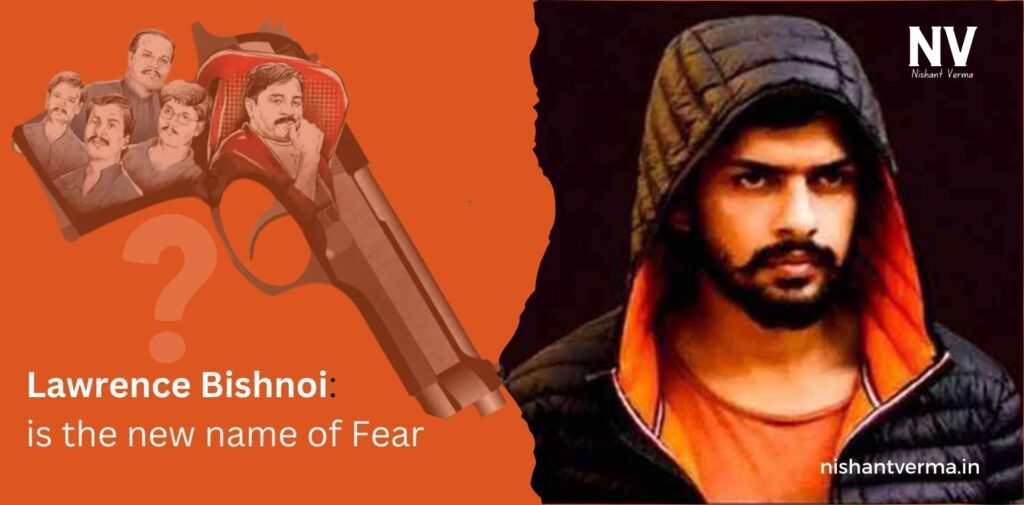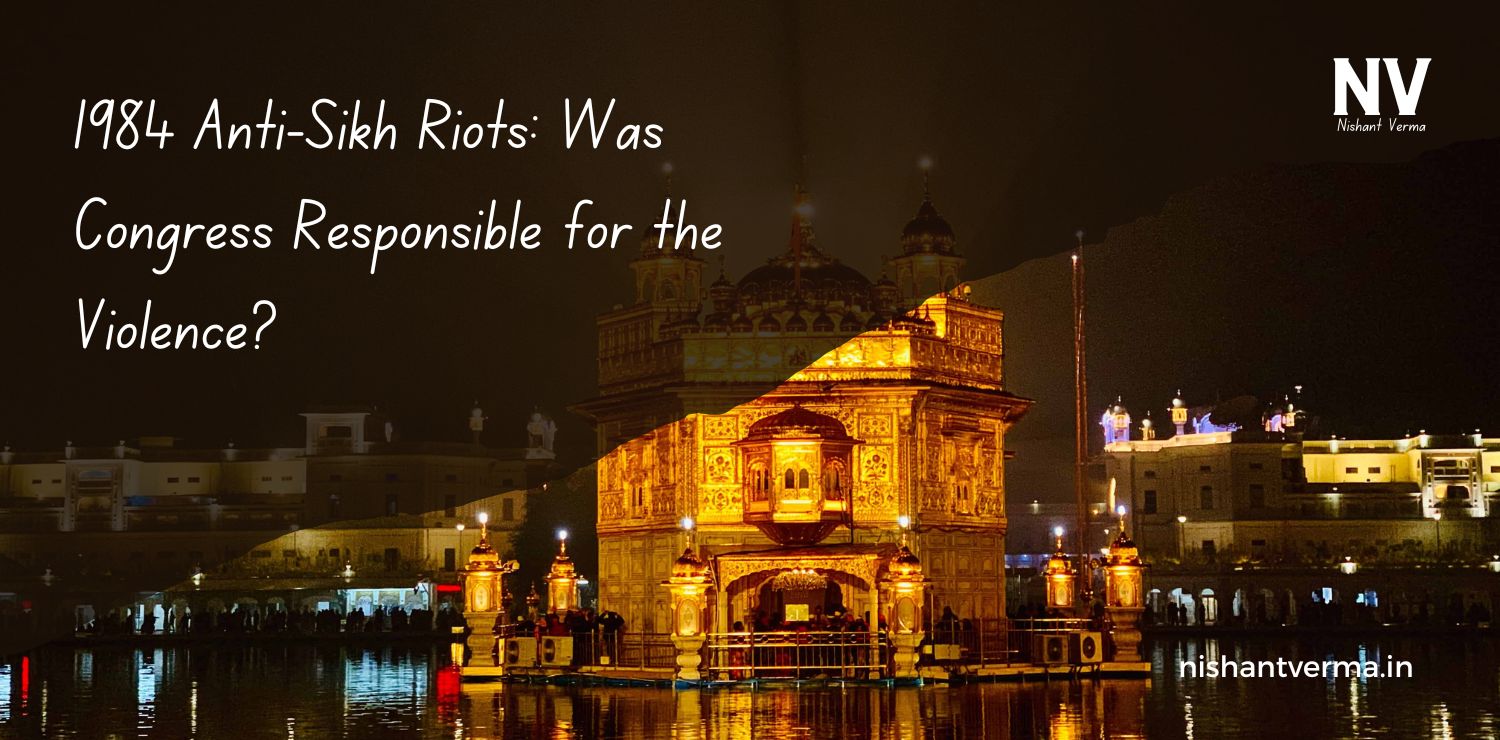In the intricate web of organized crime in India, few names resonate with as much notoriety as Dawood Ibrahim. For decades, Ibrahim has been synonymous with fear and power, reigning over the Mumbai underworld. However, the emergence of Lawrence Bishnoi is prompting discussions about a significant shift in this dark landscape. Is Bishnoi set to become the new don, dismantling the kingdom of Dawood Ibrahim? This article delves into the rise of Lawrence Bishnoi, his ambitions, and the implications for both the underworld and society at large.
A Glimpse into Lawrence Bishnoi’s Background
Lawrence Bishnoi hails from Punjab, where he was born into a relatively modest family. From an early age, Bishnoi demonstrated a penchant for leadership and a thirst for power. His initial foray into criminal activities began during his college years, where he quickly established connections with local gangs. By strategically aligning himself with influential figures and leveraging his charisma, Bishnoi built a reputation as a formidable player in the underworld.

His rise in the criminal hierarchy was marked by a series of violent confrontations with rival gangs, demonstrating his willingness to use force to maintain his authority. Bishnoi’s gang is estimated to have around 700 members, showcasing his capacity to amass a following and establish a stronghold in a competitive environment. His ascent reflects a broader trend in the Indian underworld, where new players are emerging, challenging the old guard.
The Kingdom of Dawood Ibrahim
To understand Lawrence Bishnoi’s ambitions, one must first examine the legacy of Dawood Ibrahim. Born in 1960, Ibrahim rose to prominence in the 1980s and 1990s, capitalizing on Mumbai’s bustling underbelly of crime. He became the kingpin of a vast empire involved in drug trafficking, extortion, and arms smuggling, with operations extending beyond India to global networks.
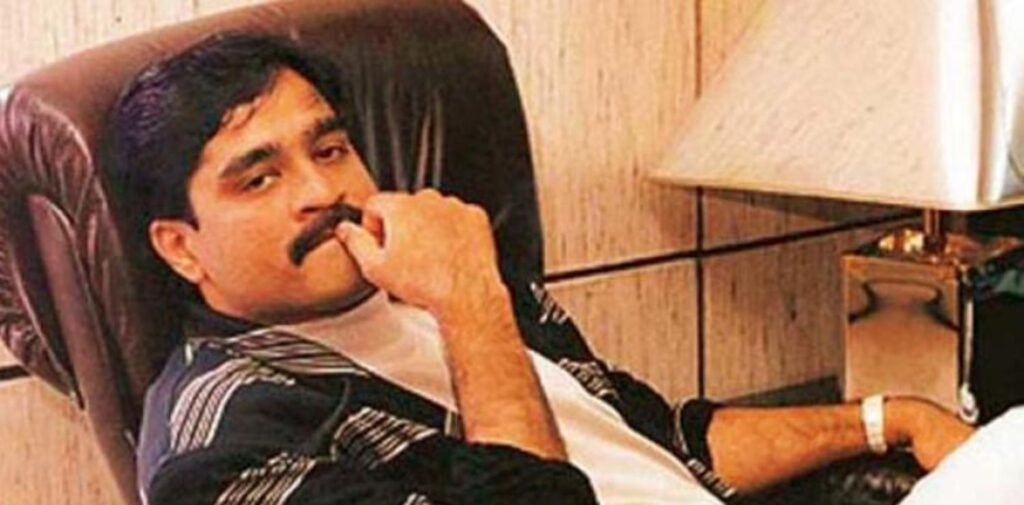
Dawood’s reign was characterized by brutal tactics and strategic partnerships, allowing him to maintain control despite intense law enforcement pressure. His influence permeated Bollywood, with many actors and filmmakers reportedly bowing to his demands. This control over the entertainment industry enabled Ibrahim to wield substantial power over public perception, fostering a culture that often glamorized crime.
However, in recent years, Ibrahim’s empire has faced significant challenges. Increased scrutiny from law enforcement, international pressure, and a crackdown on organized crime have diminished his influence. With Ibrahim’s apparent decline, the question arises: who will fill the void left in the underworld?
The New Aspirations of Lawrence Bishnoi
As Dawood Ibrahim’s grip on the underworld loosens, Lawrence Bishnoi is positioning himself to claim that power. His ambitions extend beyond traditional criminal enterprises; he is keenly interested in penetrating Bollywood, intending to establish his own “D Company.” This move could replicate Ibrahim’s strategy of leveraging influence in the entertainment industry, allowing him to assert control over a critical cultural domain.
Bishnoi’s strategy appears to be a blend of intimidation and cultivation of relationships within Bollywood. By gaining footholds in the industry, he could manipulate public narratives and create a façade of legitimacy for his operations. This not only represents a shift in criminal strategy but also raises alarms about the future of Bollywood and its potential entanglement with organized crime.
A New Era of Criminal Operations
Lawrence Bishnoi’s rise signifies a potential transformation in how organized crime operates in India. Unlike Ibrahim, whose methods were often rooted in fear and violence, Bishnoi seems to be adopting a more sophisticated approach. His gang’s ability to leverage technology, social media, and local connections demonstrates an adaptation to modern criminal enterprise.
For instance, Bishnoi’s gang has been involved in cybercrime, utilizing digital platforms to orchestrate their activities while remaining elusive to law enforcement. This evolution reflects a broader trend in the underworld, where criminals are increasingly adopting new technologies to facilitate their operations. Bishnoi’s ability to adapt could pose significant challenges for law enforcement agencies, who must now contend with more dynamic and tech-savvy criminals.
The Growing Concern for Law Enforcement
The emergence of Lawrence Bishnoi as a formidable player in the underworld has become a source of concern for law enforcement agencies. His operations have expanded from Punjab to major urban centers like Mumbai, raising the stakes for intelligence and investigative agencies. The National Investigation Agency (NIA) has intensified its efforts to monitor and disrupt Bishnoi’s activities, but his vast network makes him a challenging target.
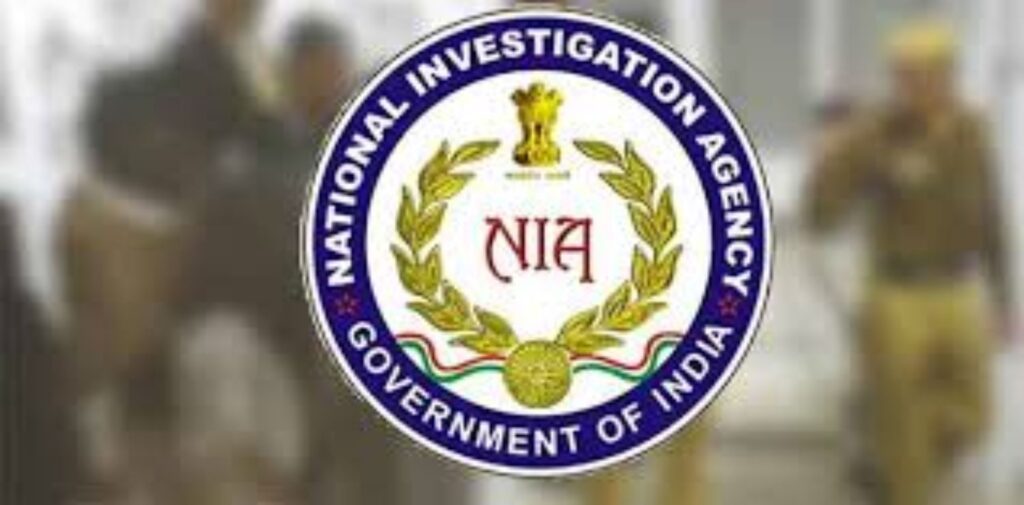
Bishnoi’s tactics include forming alliances with other gangs and employing violence strategically, which complicates the efforts of law enforcement. The criminal landscape is evolving, and the traditional methods of policing are being tested against the backdrop of a new, more aggressive underworld.
Cultural Ramifications: Bollywood and Beyond
The potential infiltration of Bollywood by Bishnoi’s gang poses significant cultural ramifications. The entertainment industry is not just a lucrative target; it is a powerful medium that shapes public perception and societal values. If Bishnoi successfully establishes a foothold in Bollywood, it could lead to a normalization of criminal behavior, as stories glorifying violence and crime gain traction.
Moreover, this could create a chilling effect on filmmakers and artists, who may feel pressured to comply with criminal demands to secure funding or distribution for their projects. The consequences could ripple through society, as young audiences might begin to view crime as a viable means to achieve success and influence, mirroring the narratives portrayed in films.
The Moral Dilemma
The rise of Lawrence Bishnoi raises a moral dilemma regarding society’s relationship with the underworld. On one hand, there is a need to confront and combat organized crime; on the other hand, there is a cultural fascination with the figures that embody it. Movies, television shows, and popular culture often romanticize criminals, leading to a blurred line between right and wrong.
This moral ambiguity can lead to complacency within society, as individuals may turn a blind eye to the growing influence of organized crime in favor of entertainment and sensationalism. The challenge lies in fostering a critical understanding of these narratives, recognizing the real-world implications of glorifying figures like Bishnoi.
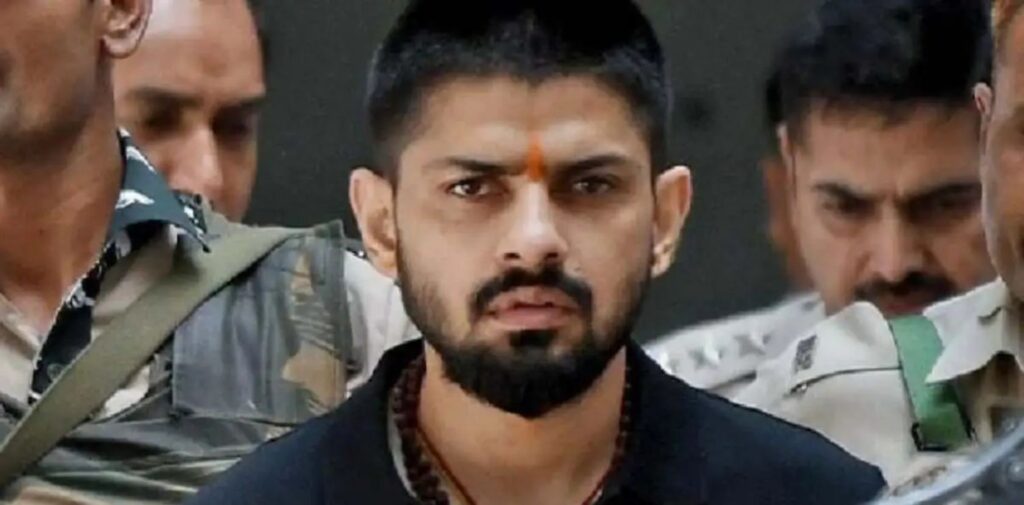
The Future of the Underworld: A Dual Threat
As Lawrence Bishnoi positions himself as a contender for the title of the new don, the implications for India’s underworld are profound. He represents not only a challenge to the legacy of Dawood Ibrahim but also a potential shift in how organized crime operates. The dual threat of violence and cultural infiltration underscores the need for a comprehensive response from law enforcement and society.
The emergence of new players like Bishnoi necessitates an evolution in law enforcement tactics, requiring agencies to stay ahead of rapidly changing criminal methods. Additionally, societal awareness and engagement are crucial in addressing the allure of organized crime and its cultural implications.
Conclusion: A Complex Future Ahead
Lawrence Bishnoi’s rise is a complex narrative that intertwines with the legacy of Dawood Ibrahim and the broader dynamics of organized crime in India. As he seeks to establish his kingdom, the implications for society, law enforcement, and the entertainment industry are significant.
The future remains uncertain. Will Bishnoi solidify his position as the new kingpin of the underworld, or will law enforcement and societal vigilance stem the tide of organized crime? The answer lies in a collective effort to confront the challenges posed by figures like Bishnoi, ensuring that the narratives of crime and violence do not overshadow the values of justice and integrity.
In navigating this evolving landscape, it is essential for society to remain aware and engaged, fostering a culture that rejects the allure of crime while promoting resilience against its encroachment into legitimate domains. As the battle for the underworld continues, one thing is clear: the stakes have never been higher.

